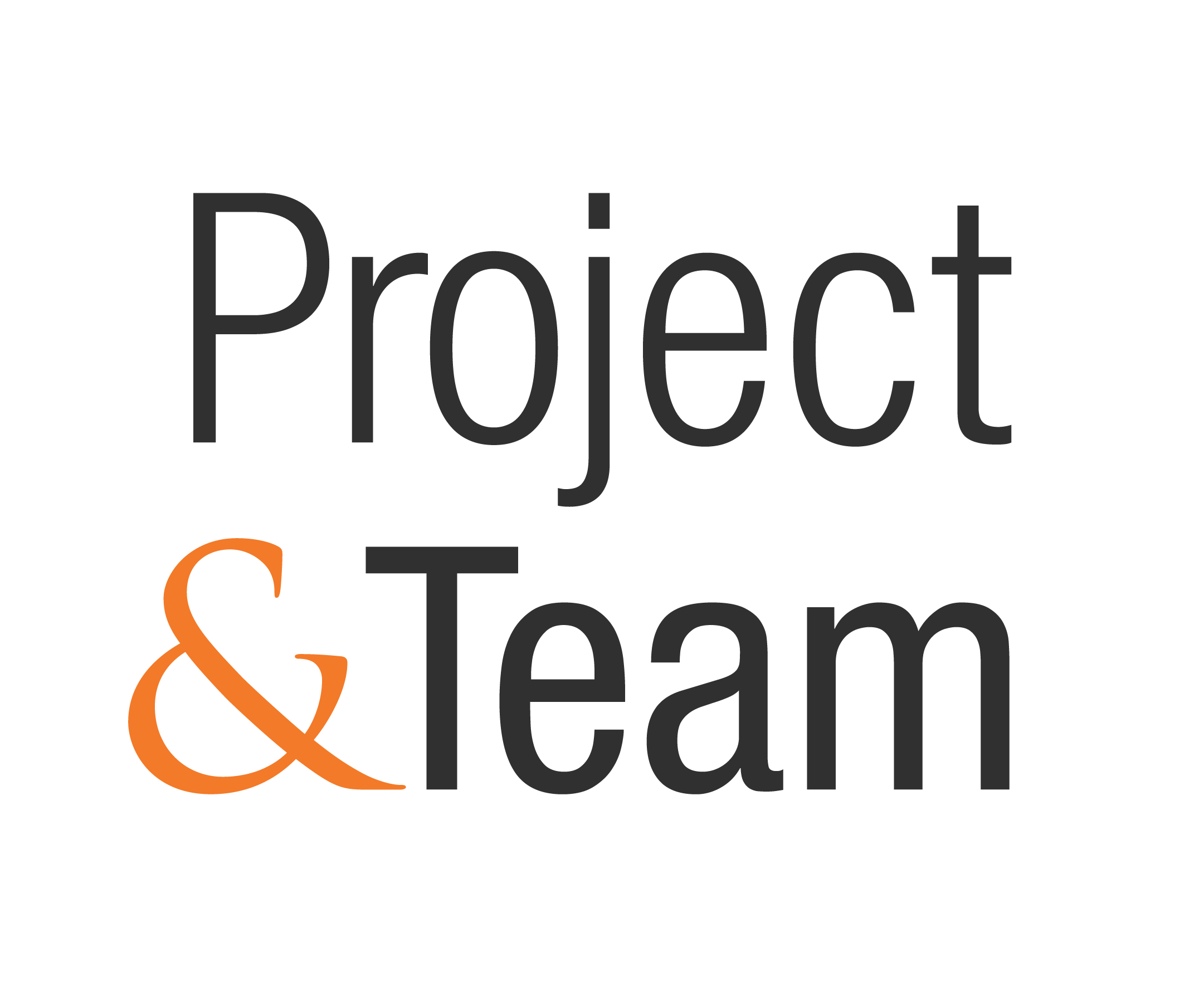5 Key Learnings for Building Cyberphysical Systems in a Distributed Environment
TAMPA, FL – March 5, 2021 — By Saahil Panikar, Digital Transformation Consultant & SPCT, Project & Team
As we approach one year of highly distributed teams and remote work we can reflect on some of the key learnings we have had in order to be successful in a highly regulated, cyber-physical, hardware driven environment. Over the last year I have spent meaningful time helping multiple clients in different industries manage significant disruption to their operating model, while minimizing growing pains as they adjust to a new way of working. Here are those major key learnings that are continuing to enable us to be successful in 2021.
I have a client who works on high sensitive classified materials. Many of these things are strictly tied to national security interests. Add in the complexity of building cyber-physical systems that must be kept secure and you have two problems: one person is not capable of building everything that needs to be built, and building those systems has to be done in a secure environment in a secure facility. This takes us to our first two key learnings:
Enabling success in a distributed world requires an investment.
Distributed doesn’t always mean no contact and that’s okay if we’re responsible.
In order to be successful in this distributed world we had to focus not just on the teleworking infrastructure of our organization, but also had to invest in a secure network in which it was possible to even talk about the work that needed to be done. This was not easy and required a dedicated program that enabled two dozen other programs to be able to even talk about their work from a distance, rather than requiring everyone to come into the office during a pandemic.
But even with a focus on enabling employee safety, we were not able to move to a 100% remote operating model. Because a significant portion of what we do involves hardware, we needed people onsite. So we put policies in place to increase employee safety in the workplace. We provided hand sanitizer stations, and did employee temperature checks before entering the secure facility. This led to key learning number three:
Not everybody needs to do everything at once.
We found that we could stagger individuals time in the office, or even on the road if we had to travel to worksites, so that instead of having whole teams travel at once, we took it in shifts to minimize the risk of exposing the entire team at once. With a staggered schedule, we were always able to ensure that we had an onsite presence with minimal risk. By reducing the number of people onsite, we saw that lead times on complete builds were going up, which took us to key learning four:
Digital Modeling and Prototyping saved our ability to deliver our commitments.
Keep it simple! You don’t need to invest in physical prototypes at every stage of development. An investment in digital modeling and prototyping enabled us to reduce risk throughout the development process, leaving us to build physical prototypes only at key development stages rather than continuously. Of course we would prefer physical prototypes throughout program execution, but this change kept us effective at a distance. This led to our last major key learning that we needed to change the way we planned:
Strategic Planning is imperative and requires dedication across business functions.
Historically we used to host quarterly planning sessions where we would ask individuals to drop by as needed, and we would do it in a day or two. What we have subsequently learned is that we need to dedicate the time to get it right, and that you can’t get it right without the right people not just available, but also present. So now we’re hosting 3-4 day planning sessions to accommodate virtual collaboration and time zone differences, and requiring representation from all major corporate functions necessary to successfully execute the program.
The last year has not been easy, but we’ve had the opportunity to grow, and thanks to our key activities and investment, we believe we have the foundations to be successful in the strategic cyberphysical space even in a distributed and virtual world.
Published in partnership with Atlas Revolutions
